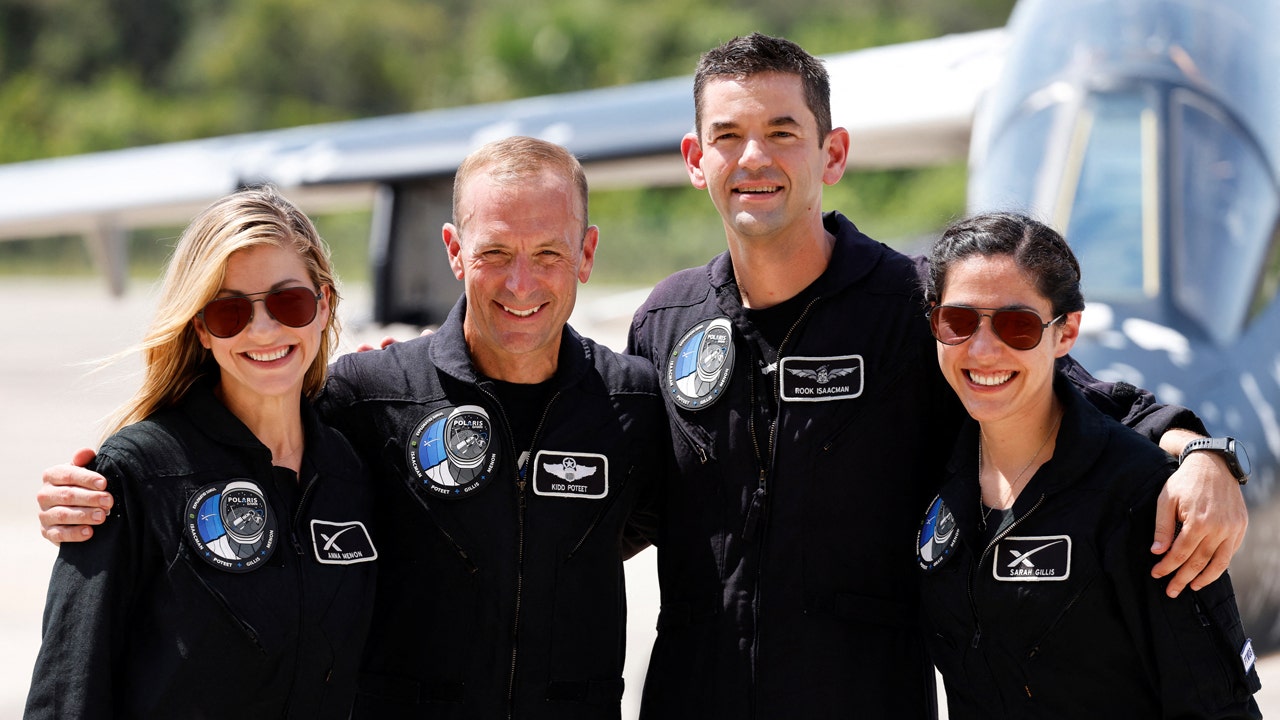SpaceX is preparing for a historic spacewalk during the Polaris Dawn mission, where astronauts who are not part of the government will walk in space for the first time. This mission will also test SpaceX’s new, slimmer spacesuits and a Crew Dragon spacecraft that has been modified to open its hatch door in space, without needing an airlock.
The Polaris Dawn mission, set to launch next week, is one of SpaceX’s most daring missions. The crew includes a billionaire, a retired military pilot, and two SpaceX employees. They will launch aboard the modified Crew Dragon and plan to do a 20-minute spacewalk 434 miles above Earth, two days after launch.
Until now, only government astronauts have walked in space, mainly from the International Space Station, which is about 250 miles above Earth. The Polaris Dawn mission will go much farther, up to 870 miles from Earth, the farthest any humans have gone since the Apollo moon missions in 1972.
The crew for this mission includes billionaire Jared Isaacman, who funded the mission and is the founder of Shift4, a company that handles electronic payments. He is joined by Scott Poteet, a retired U.S. Air Force pilot, and two SpaceX engineers, Sarah Gillis and Anna Menon.
SpaceX sees this mission as a chance to test technologies that could be useful for future missions to the moon and Mars. The crew and equipment will face higher levels of radiation as they pass through the Van Allen belt, a region in space filled with charged particles from the sun that can harm electronics and human health.
The spacewalk is planned for the third day of the mission. To prepare, the Crew Dragon’s cabin will be depressurized, exposing it to the vacuum of space. Only two astronauts will float outside, but all crew members will rely on their spacesuits for life support. Before the spacewalk, the crew will remove nitrogen from the cabin air to prevent decompression sickness, or “the bends,” which can happen if nitrogen forms bubbles in the blood.
This mission offers a unique chance to test how the Crew Dragon and spacesuits perform in space, which could provide valuable information for future deep-space missions. Unlike NASA missions, private missions like Polaris Dawn are not bound by the same strict safety standards, but SpaceX and the crew have planned for various emergency situations, though they didn’t share specific details.
Despite the risks, those involved believe the Polaris crew is well-prepared, although there is little room for error.

